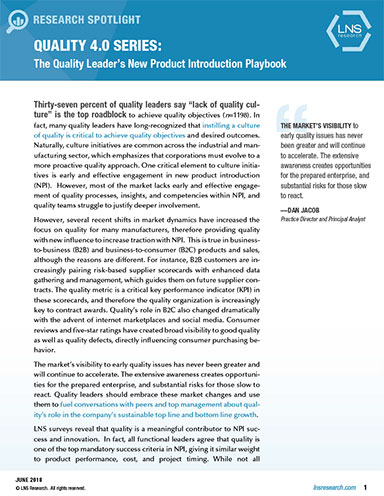Companies Team up to Engineer 3D-Printed Parts for NASA Orion Mission
Latest News
April 17, 2018
Stratasys Ltd. and Phoenix Analysis & Design Technologies, Inc. (PADT) jointly announce the companies are teaming with Lockheed Martin Space to deliver 3D printed parts for NASA’s Orion deep-space spacecraft. Key to the project are Stratasys advanced materials, including an ESD variant of the new Antero 800NA, a PEKK-based thermoplastic offering high performance mechanical, chemical and thermal properties.
Orion is NASA’s spacecraft that plans to send astronauts to the Moon and beyond. Orion’s next test flight, dubbed Exploration Mission-1 (EM-1), will reportedly be the first integration mission with the Space Launch System, where an un-crewed Orion will fly thousands of miles beyond the Moon during an approximately three-week mission.
The following flight, EM-2, will also go near the Moon, but with astronauts on board, a first since 1972 and will enable NASA to prepare for complex missions in deep space. The mission will use more than 100 3D printed production parts on board, engineered in conjunction with Lockheed Martin, Stratasys and PADT.
The production-grade, thermoplastic 3D printed parts for NASA’s Orion vehicle are produced at the Additive Manufacturing Lab at Lockheed Martin in conjunction with PADT. Using materials such as ULTEM 9085 resin and the new Antero material incorporating critical electrostatic dissipative (ESD) functionality – NASA could meet key requirements for 3D printed parts to perform in the extremes of deep space. Antero is ideally suited to meet NASA’s requirements for heat and chemical resistance, along with the ability to withstand high mechanical loads.
“Working with PADT, Stratasys, and NASA has enabled us to achieve highly consistent builds that move beyond the realm of prototyping and into production,” says Brian Kaplun, manager of Additive Manufacturing at Lockheed Martin Space. “We’re not just creating parts, we’re reshaping our production strategy to make spacecraft more affordable and faster to produce.”
The Lockheed Martin, Stratasys and PADT-engineered collaboration is differentiated by an ability to create consistency and repeatability in mass scale across the entire additive manufacturing part production process. Lockheed Martin also leverages Stratasys’ Antero, using the new thermoplastic for a part situated just outside of Orion’s docking hatch. The complex part consists of six individual 3D printed components locked together to form a ring on the craft’s exterior.
“The demands of space travel require extremely high performance materials and the most rigorous manufacturing processes in the industry. Part integrity and repeatability are essential and must pass NASA’s demanding testing and validation process,” says Scott Sevcik, vice president of Manufacturing at Stratasys.
“It’s exciting to be a part of the Orion mission and Lockheed Martin’s efforts to transition additive manufacturing from prototyping to production,” says Rey Chu, principal and co-owner at PADT.
For more info, visit Stratasys, PADT, Lockheed Martin and NASA.
Sources: Press materials received from the company.
Subscribe to our FREE magazine, FREE email newsletters or both!
Latest News
About the Author
DE’s editors contribute news and new product announcements to Digital Engineering.
Press releases may be sent to them via [email protected].





